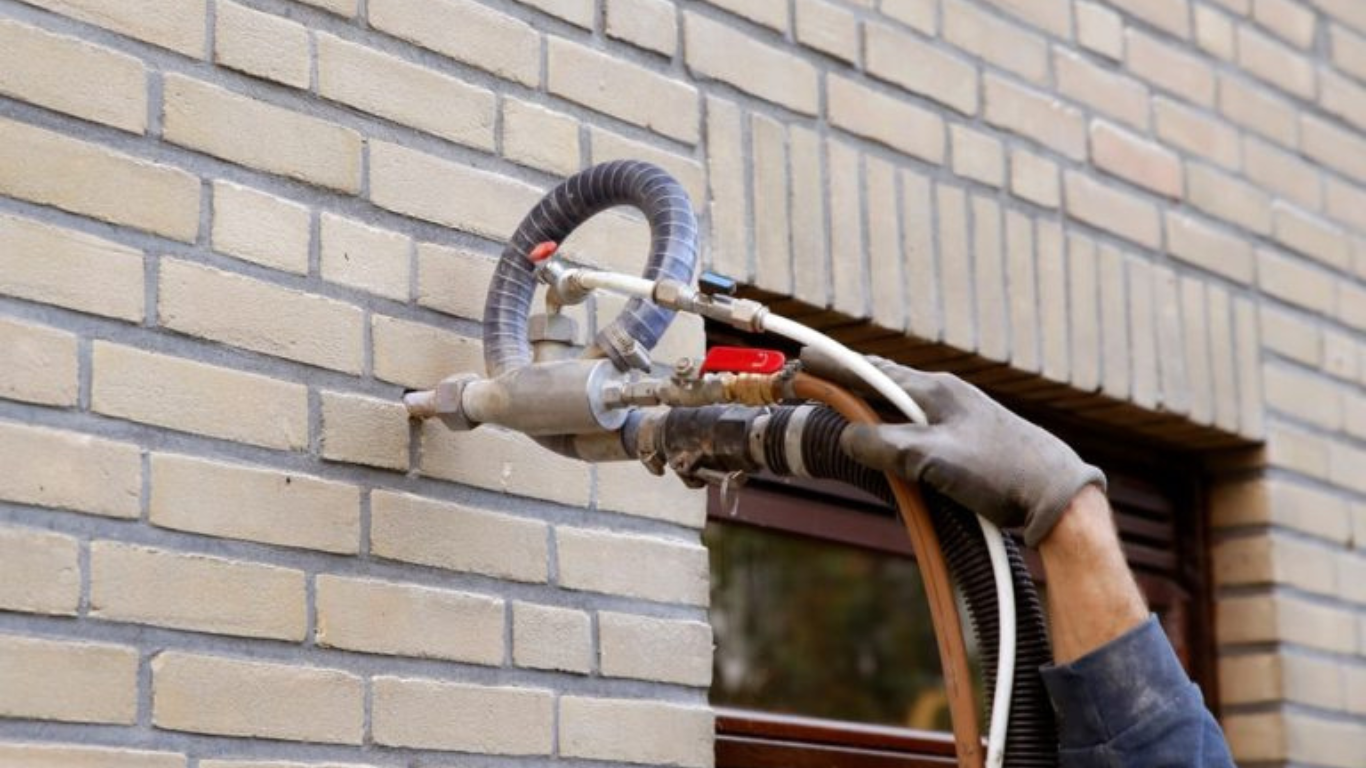
MOULD REMOVAL
COMPLIANCE
Legal Overview
Health Concerns
with the term “toxic black mould” which refers to stachybotrys chartarum and the respiratory infection Aspergillosis, caused by the inhalation of aspergillus mould spores. NHS cites that damp buildings can cause the condition which affects the lungs and causes breathing difficulties. The health risk is highest for vulnerable people such as those with a pre-existing lung condition, such as asthma, cystic fibrosis or chronic obstructive pulmonary disease (COPD), those with a weakened immune system, for example, if you have had
an organ transplant or are having chemotherapy and those who have had a severe flu or coronavirus (COVID-19) and need artificial ventilation. The human immune system is not fully developed in children under 8 years old and weakens in adults over 70 years old, making them more susceptible to respiratory illness caused by mould. It is important to be aware that air currents can easily carry spores over long distances; contaminants entering ventilation systems in ‘high risk’ facilities such as schools, retirement homes and health care facilities can cause a serious outbreak of disease.
IICRC (Institute of Inspection, Cleaning and Restoration Certification)
There are no specific mould remediation guidelines or acceptable exposure limits specific to the UK. The IICRC is the only organisation recognised internationally to produce a standard and reference guide for professional mould remediation. The ANSI/IICRC S520:2015 describes the material science, protocols and techniques to be followed and the precautions to be taken when performing mould remediation in residential, institutional and commercial buildings and on personal property contents within those structures. The IICRC provides training and qualification by exam in Applied Microbial Remediation Technician certification.
Indoor Environmental Professional
An IEP is someone who has the relevant training, such as IICRC AMRT qualifications and experience to correctly scope a mould remediation project by performing a
moisture and mould assessment, to identify all potential risks and documenting them in project specific RAMS (Risk Assessment and Method Statement) before the commencement of the project. A strict mould remediation protocol must be followed to prevent cross-contamination
and to protect the health of workers and occupants. Mould remediation is highly technical and requires a scientific understanding of the effects of moisture on structural materials and the principles of air quality in the indoor environment and should only be performed by an IEP, such as WHITE KNIGHT.
Intrusive Inspections
If the building inspection reveals no obvious mould growth, there may still be growth within the walls, behind built-in units, ventilation systems, void spaces or other hidden locations.
Where risk factors for possible hidden mould growth are present e.g. history of water damage or building envelope failure, surface staining, mouldy odours etc., an intrusive inspection is necessary to determine the full extent of contamination. Intrusive inspections may involve carefully removing areas of skirting board, wallpaper, sections of floor coverings, such as carpet or vinyl flooring, ceiling tiles, cutting holes into wall or ceiling cavities.
Surface Sampling
Air Sampling
for clearance testing after mould remediation is
completed, to confirm that an acceptable condition has been met before the containment barriers are removed and re-instatement works commence.
Laboratory Support and Sample Submission
Regulatory Compliance
Communicating the potential hazards of fungal remediation is a requirement of Environmental, and Health and Safety Legislation. Effective remediation and verification of cleanliness through scientific laboratory analysis are necessary to protect the health of the occupants. The primary response to fungal contamination in buildings must be the prompt remediation of contaminated material and infrastructure repair. Only qualified professionals should undertake these works following stringent protocols and methods that properly and safely remove fungal growth from buildings and contents, without cross-contaminating unaffected areas
or in any manner performing works that could adversely affect the health of the workers or occupants.
Insurance Considerations
The scientific and public health communities agree that indoor mould contamination poses a significant health risk and therefore visible mould should be removed immediately following an EOW or flood. If the water source is contaminated with sewage (CAT 3 Black Water), or contains chemical or biological pollutants, then a qualified IEP or IAQ (Indoor Air Quality) consultant should be engaged to perform an environmental survey on the fabric
of the property and to identify the associated risk factors from mould spore distribution, mycotoxins, hyphal fragments, MVOC’s (Microbial Volatile Organic Compounds) and other metabolites that are released into the air and inhaled or physically contracted via dermal exposure. Failure to act promptly can have a negative effect on scheduling, occupancy and overall claim costs.




